|
There comes a time with every student where I must inform them that they have been taught the incorrect meaning of a breath mark. Beginning orchestra music as well as books like Essential Elements have only perpetuated the misinformation. Some people may argue that it can be both, but once you reach a more advanced level breath marks are never bow lifts (or I have yet to encounter one in my almost 20 years as a musician). A comma written above the staff in band or choir music indicates a breath. If you were a trumpet player you would see that marking and know that it is a time you can stop the note short to breathe. This is also the case in the string world, but it has become common practice to say that it means "bow lift." We need to stop saying this since it only creates confusion later in the students life. Yes string players can breathe whenever they please a breath mark is more of a style marking to add a breath of space between two notes. As a violinist you can usually tell if the bow should be reset even without a breath mark written. In the first three examples (a, b, and c) there are rests between the notes which give you time to reset your bow. In the fourth example (d) there are no rests but it would only make sense to lift and reset the bow for each note. In the first example (e) of this line you can see how a breath mark is utilized for a bow lift purpose. What we need to realize is that the down bow marking is what tells us to lift the bow. The breath mark just gives us a "breath" of time to lift the bow. This can be very confusing for students when they encounter exempts f and g if they have been taught that a breath mark IS a bow lift. Both of those examples just want you to pause as if you were a wind player taking a breath.
For students who are reading this just remember that a breath mark is not a bow lift. Down bow markings and using good judgement while playing are what lets you know to reset the bow. The better we explain musical concepts early in a students education the easier it will be later on.
2 Comments
4/6/2014 10:21:41 am
I agree. Wikipedia also had this under "Breath mark" so I edited the page and removed it.
Reply
John Marriot
7/3/2019 01:50:07 pm
Couldn't your bow-lift mark be accidentally considered a Bartok pizzicato? The marks seem very similar (if not exactly the same). Though I guess this may not be a problem if that symbol is only for you (and we know you can clearly tell when it shouldn't be a Bartok pizz.). Other than that, thank you for writing this! This is completely true!
Reply
Your comment will be posted after it is approved.
Leave a Reply. |
Archives
December 2016
|

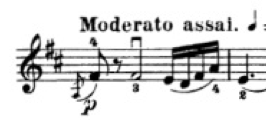
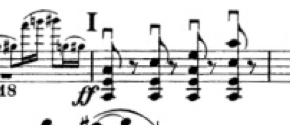

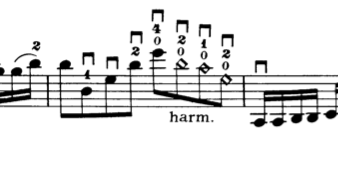
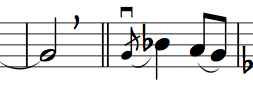


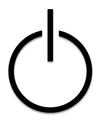

 RSS Feed
RSS Feed